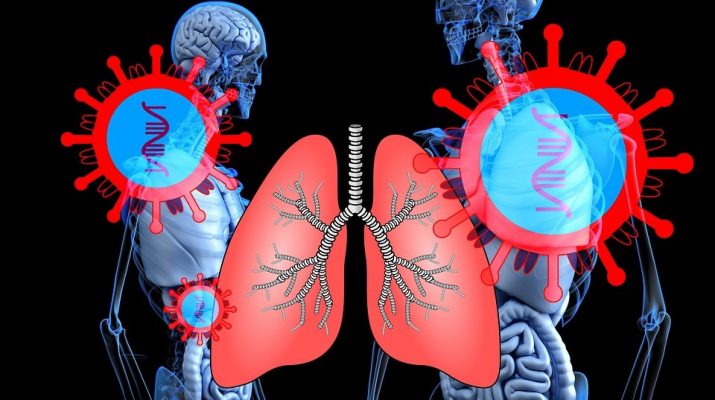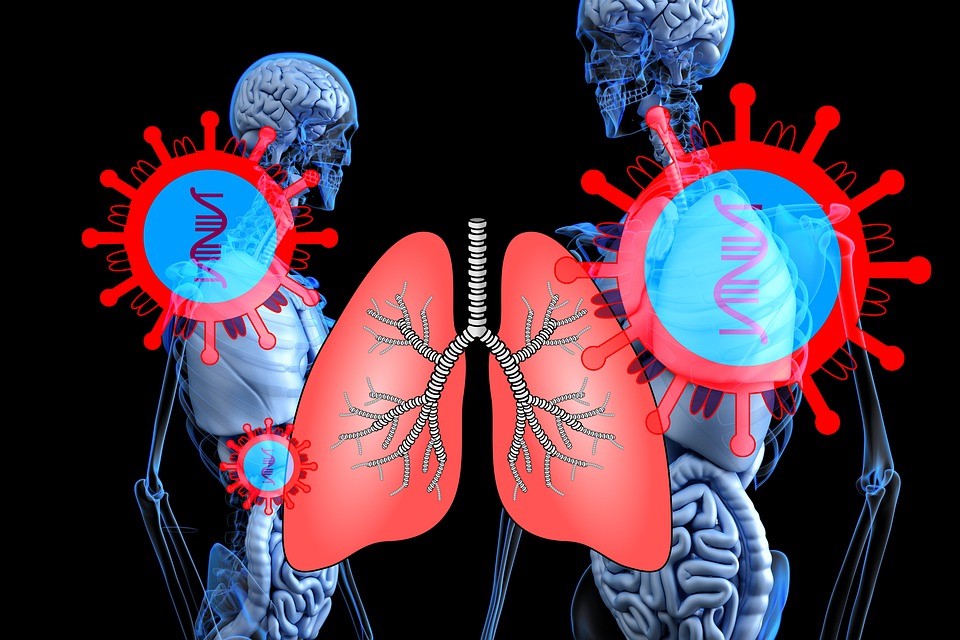Of all terminal illnesses to exist today, cancer is the deadliest and most terrifying. Nearly 9.8 million people lose their lives to the battle of cancer annually, making it the leading cause of fatalities worldwide. This illness starts with just a few mutations within the healthy cells of the body, soon progresses from its point of origin, invading distant organs and soon compromising the integrity of the whole body.
The impact of cancer is visible both physically and psychologically, leaving behind scars that last a lifetime.
What is Mesothelioma?
One of the body’s most crucial functions is breathing, without which none of our organs can survive. Indeed, it is true that the quality of our lives is only as good as the quality of our lungs, as even the smallest obstruction in breathing can make everyday life and mundane tasks next to impossible.
A rare but highly aggressive form of lung cancer is mesothelioma. A condition that affects the mesothelial cells present within the pleural membrane – a double-layered tissue surrounding the lungs. This membranous covering intends to protect critical organs of the respiratory system, keep them in place and facilitate breathing by easing contraction and expansion.
Nearly 90% of all reported cases are that of pleural mesothelioma. Scientists are still trying to develop an effective cure for this lethal ailment, but the illness remains untreatable so far. Indeed, the key to protection is prevention. Awareness can be easily acquired through free guides available on the internet, intended to provide basic knowledge of the diseases like mesothelioma to the average citizen. Knowing which areas to avoid, precautionary measures to take, and symptoms to watch for will always keep you on top of your health.
How Is It Caused?
Research is still ongoing to find the definitive cause behind this life-threatening illness, but scientists believe that hereditary, environmental, and lifestyle factors come into play. Various studies have also demonstrated a strong link between respiratory disorders and asbestos exposure, a mineral naturally present within our environment.
It is utilized in construction to make brakes, shingles, flooring, ceiling, and insulating covers. The material possesses high tensile strength, is non-degradable, and is resistant to both heat and electricity, properties that make it beneficial yet deadly. When disintegrated, minuscule asbestos fibers can be easily inhaled or ingested, making their way to organs of the respiratory tract. They settle down and accumulate there, releasing toxins that cause irritation and trigger mutations. Genetically altered cells behave abnormally and multiply at a pace much faster than normal, leading to the formation of a malignant mass, which we call mesothelioma.
How Does It Spread?
Like most cancers, mesothelioma also develops in 4 stages, each more dangerous than before. With every passing stage, cancer integrates deeper into the body, forming a parasitic attachment with the host, utilizing all the body’s essential nutrients and fuel to further their growth.
Stage 1A: Mutations are triggered within the DNA of mesothelial cells within the external layer – visceral pleura. At the initial-most stage, the damage is localized to only one side of the chest.
Stage 1B: The malignancy now spreads towards the internal layer – parietal pleura, which is much closer to the lugs and slowly makes its way to other critical regions of the respiratory system.
Stage 2: With both the layers of the pleural membrane compromised, cancer spreads to adjacent organs like the diaphragm (a muscle below the ribcage) and mediastinum (space between the two lungs).
Stage 3: The intensity of the illness grows as the malignancy moves on to cover a major chunk of the mediastinum, putting both the heart and the second lung at risk. As cancer makes its way to the lymphatic system, even distant organs are no longer safe.
Stage 4: The damage, which was first restricted to just one layer of the pleura, has now spread to both the lungs and at least one of the body’s critical organs like the abdomen, heart, or brain. It has also invaded the lion nodes and can no longer be contained.
Diagnosis and Treatment:
Fewer mesothelioma cases can be detected early due to the lack of visible symptoms. However, if individuals are lucky enough to be diagnosed when the tumor is still relatively small, they have a much better shot at recovery.
At stages 1 and 2, the cancerous mass is still developing and hasn’t latched on to surrounding nerves, tissues, or organs. Doctors recommend surgery and additional chemotherapy and immunotherapy to resect the malignant mass and remove cancer from its core, leaving no chance of recurrence.
Beyond stage 2, the damage is significantly worse. Once the tumor integrates itself into the lymphatic system and reaches distant organs, the spread can no longer be reversed. While doctors cannot offer a cure, they provide treatments and palliative care to help manage painful symptoms, delay the progression, and help individuals live a life as normal as possible.
Palliative care procedures cannot diminish the damage but can slow down the malignancy and increase a patient’s life expectancy.
Common treatments used to cater to patients at higher stages of mesothelioma include:
- Thoracentesis: A procedure that manages pleural effusion by using a needle to remove fluid build-up within the two layers of pleura.
- Pleurodesis: This is the removal of the space between two layers of pleura to prevent the accumulation of secretions for the sake of lubrication.
- Radiation: Usually combined with chemotherapy, it reduces symptoms, pain and helps shrink the size of the growing tumor.
- Paracentesis: This treatment is similar to thoracentesis, where a needle removes fluid in the peritoneum to prevent peritoneal effusion.
- Pericardiocentesis: reduces pericardial effusion and prevents cardiac tamponade by removing water accumulation in the pericardium.
Compensation:
Since mesothelioma can often be attributed to the workplace environment, an organization must provide compensation and financial assistance to employees with any occupational disorder.
As per the Occupational Health and Safety Act of 1970, all institutions must prioritize the safety and health of their workers, provide relevant PPE, and eliminate practices that pose fatal risks. Failure to do so can make them liable to a fine provided to the victim and their family. This financial aid is a basic right of afflicted workers to receive proper healthcare and manage expenses during recovery.
Takeaway
Lung cancer is the second most common and the highest prevailing cancer globally. With increasing pollution and degrading air quality, these numbers aren’t expected to decrease soon. While this lethal illness cannot be eliminated from the face of the earth, the chance to contract it can be reduced. A healthy, active lifestyle with consistent medical checkups are small but effective habits that can significantly reduce the risk of developing any illness.


